ALIENS (1986)
Decades after surviving the Nostromo incident, Ripley is sent to re-establish contact with a terraforming colony but finds herself battling more aliens...
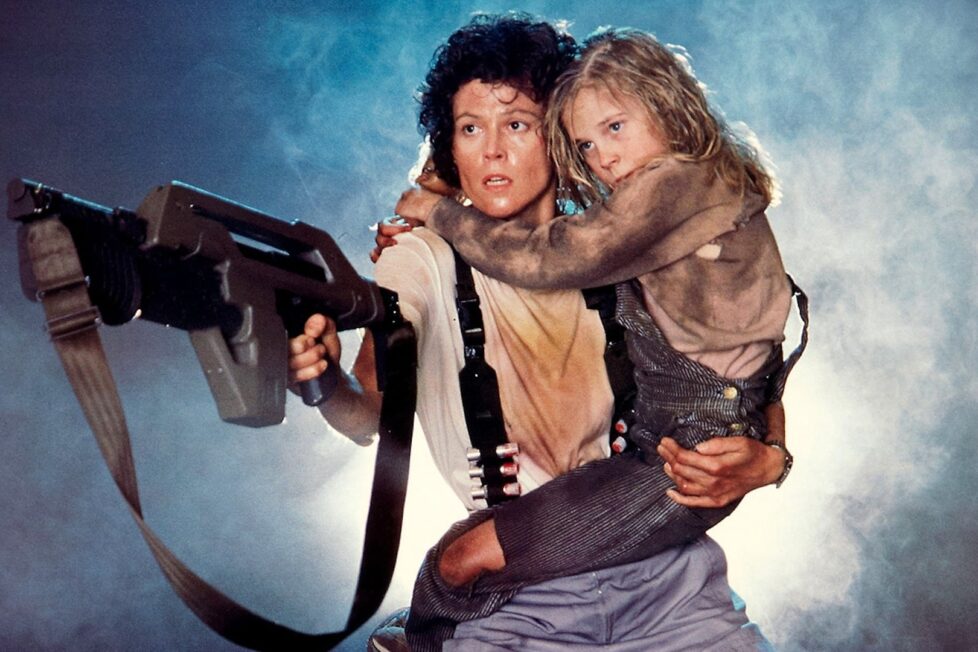
Decades after surviving the Nostromo incident, Ripley is sent to re-establish contact with a terraforming colony but finds herself battling more aliens...


A famously amusing story is how James Cameron convinced 20th Century Fox to make Aliens by handwriting the word ‘ALIEN’ on the back page of his screenplay for the sequel, before adding an ‘S’… which he quickly changed to a ‘$’ using a vertical line. Amazingly enough, it’s true…
Despite the huge success of Alien (1979), the studio wasn’t keen on making a sequel due to concerns about its prohibitive costs and a feeling that Ridley Scott’s masterpiece was a fluke. It also didn’t help that producers David Giler, Walter Hill, and Gordon Carroll (founders of Alien’s production company, Brandywine) had sued Fox over unpaid profits because Alien was declared a financial loss — despite it grossing $184M against an $11M budget. That’s Hollywood accounting for you…
This lawsuit was settled in 1983, making new studio president Joe Wizan more receptive to developing Alien II. Having come across the hot new screenplay for The Terminator (1984), he hired its writer, James Cameron, to produce a treatment based on the brief “Ripley and soldiers”. However, the 42-page treatment completed in just three days didn’t receive a positive enough response to justify further development. Fortunately, Wizan’s eventual replacement, Lawrence Gordon, disagreed with this assessment. So, during a nine-month delay on The Terminator to allow Arnold Schwarzenegger to film Conan the Destroyer (1984), Cameron was asked to expand his treatment to 90 pages.
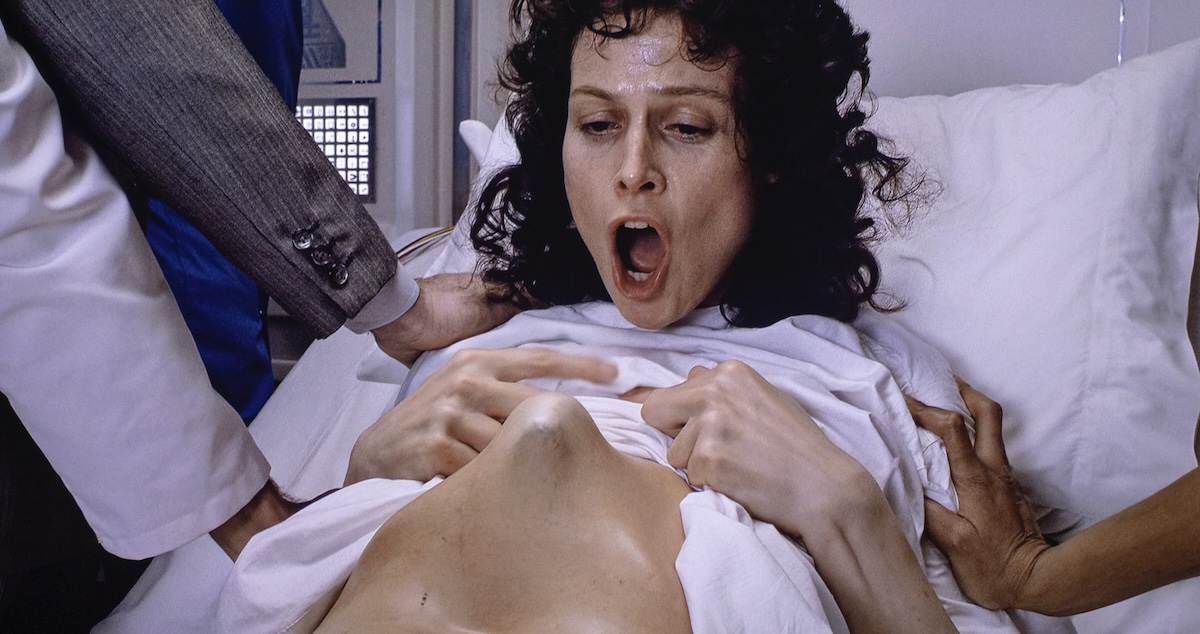
This new treatment was better received at Fox. However, Cameron made it known that he also wanted to direct the sequel, despite only having the B-movie horror Piranha II: The Spawning (1982) to his name as director. Understandably, the executives weren’t comfortable entrusting such a large project to someone with such limited experience in the director’s chair. But, once The Terminator was released to critical and commercial acclaim, they soon changed their minds about this up-and-coming young Canadian!
Cameron eventually completed his Aliens script mere hours before a Writers’ Guild of America strike commenced in 1985. He and his producing partner, Gale Anne Hurd, immediately began negotiating the film’s budget and mediating Fox’s reservations about Alien star Sigourney Weaver returning—as the actress was now considered too expensive following Ghostbusters (1984). Weaver eventually received a $1M pay cheque to reprise the role of Ellen Ripley, along with a percentage of the box office takings, which would prove to be incredibly wise.
A large part of Alien’s success comes from its being a brilliant example of a sequel that takes a different approach from its predecessor. As Cameron himself describes it, if the original film was a “haunted attraction”, Aliens is more of a “roller coaster”. Even the film’s tagline was “This Time It’s War”, clearly putting a gung-ho spin on the creeping dread of its 1979 forerunner, which was perfect for the 1980s—a decade where muscular action franchises like Rambo (1982) and gritty war films were popular.
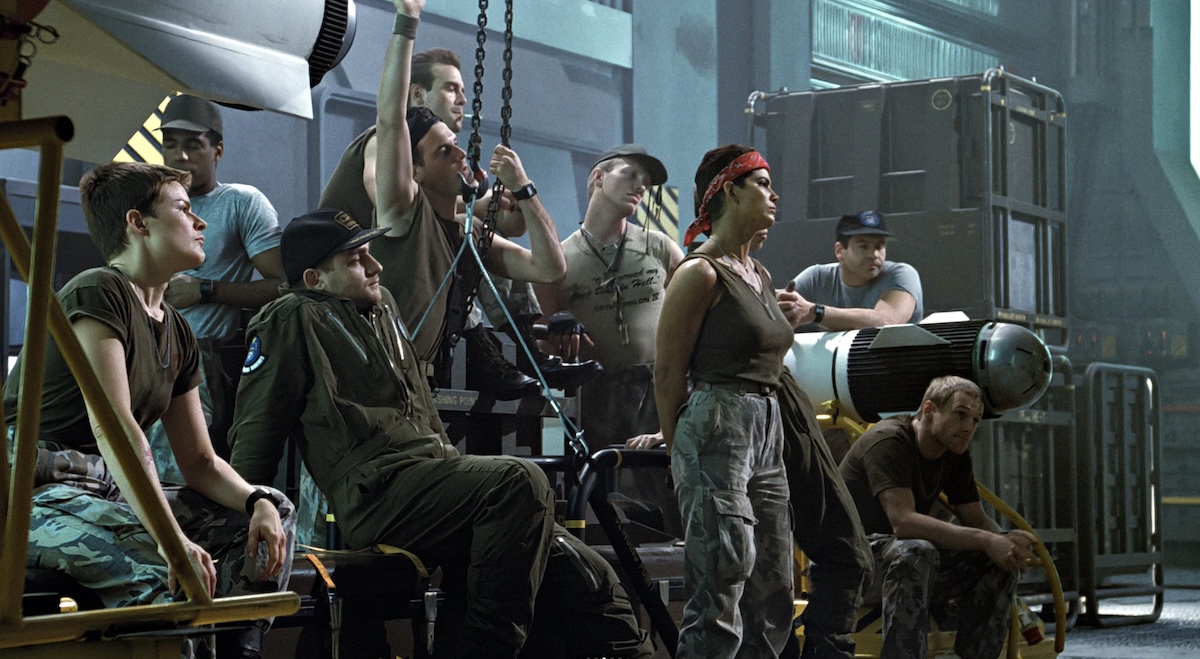
Both films feature an ensemble cast facing the same malevolent alien threat. The sequel, however, amplifies everything by introducing a greater number of H.R Giger’s “xenomorphs,” but also equips the humans with the means to fight back. While this decision lessens the threat somewhat (as dozens of aliens are easily obliterated at times), it’s the sheer scale of the situation and the sense of the creatures being an insurmountable swarm that terrifies. One could even equate Aliens to the Vietnam War—still a fresh memory for 1980s filmmakers—where the better-equipped and trained US military often faced slaughter by an enemy who knew the terrain better and didn’t play by the conventional rules of combat.
The cast assembled for Aliens is arguably more memorable than the blue-collar crew of the Nostromo in the first film too. Lance Henriksen, Bill Paxton, and Michael Biehn all reunited with Cameron after working with him on The Terminator (Biehn being a late replacement for James Remar as Hicks because The Warriors actor was arrested for possessing drugs). Local schoolgirl Carrie Henn was hired to play Newt because of her “great face and expressive eyes” despite having no prior acting experience.
The other actors portraying the Colonial Marines were a mix of British and American men and women. They bonded by undergoing three weeks of training with the Special Air Service (SAS). During boot camp, they were also encouraged to read Robert Heinlein’s 1959 novel Starship Troopers, which Aliens liberally borrows from, particularly the “space marine” archetype and the use of mechanised suits (or “power loaders” here). Paul Verhoeven’s later adaptation of Starship Troopers (1997) would in turn take stylistic influences from Aliens, so it came full circle.
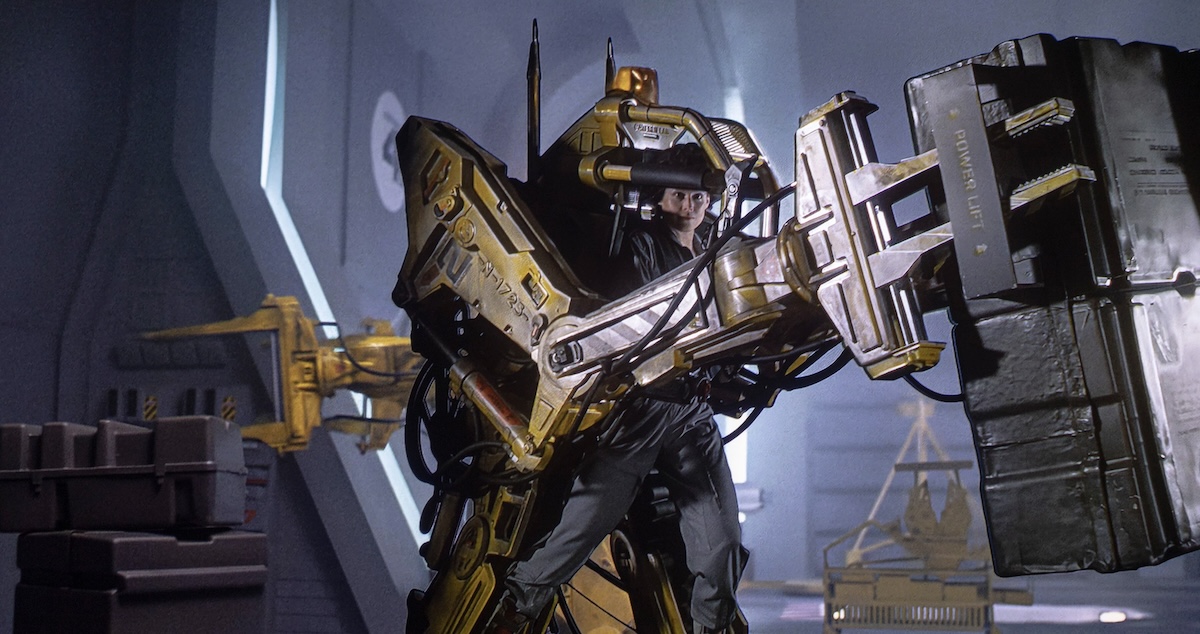
But while the look and lore of Aliens is certainly inspired by an old pulp sci-fi novel, it’s fair to say this movie’s aesthetic and style had a far greater impact on militaristic sci-fi cinema to come. There are still films today that borrow from Aliens’ playbook when it comes to portraying battle-hardened but wise-cracking soldiers, and even the look of its vehicles and weapons have informed countless video games and comic-books.
Set 57 years after the events of Alien, sole survivor Ellen Ripley is woken from hypersleep and debriefed by the Weyland-Yutani Corporation. They’re sceptical about her claims that monsters inhabit the exomoon LV-426, as it’s now the supposedly peaceful home of terraformers. However, after communication with the Hadley’s Hope colony is mysteriously lost, and Ripley is asked to accompany a squad of Colonial Marines to the moon’s surface. There she’s joined by company representative Carter Burke (Paul Reiser) and a calm android called Bishop (Henriksen), whom Ripley instinctively distrusts, given her experience with a treacherous synthetic last time.
What follows is much the same as Alien, only with the action transplanted to a terrestrial colony riddled with similarly labyrinthine corridors echoing with blasts of steam. This time, there are hundreds of double-jawed monsters to contend with, but the humans last marginally longer thanks to their advanced weaponry. Cameron effectively retools Scott’s quiet and claustrophobic Alien into a violent shoot-’em-up, which sounds like a mistake but ends up being equally entertaining—for different reasons. Aliens manages to expand on the lore from the original (like establishing the creature’s hive-like hierarchy) while giving audiences a different kind of cinematic thrill. One may prefer Alien over Aliens, or vice versa, but both are excellent examples of what they achieve with the same creature.
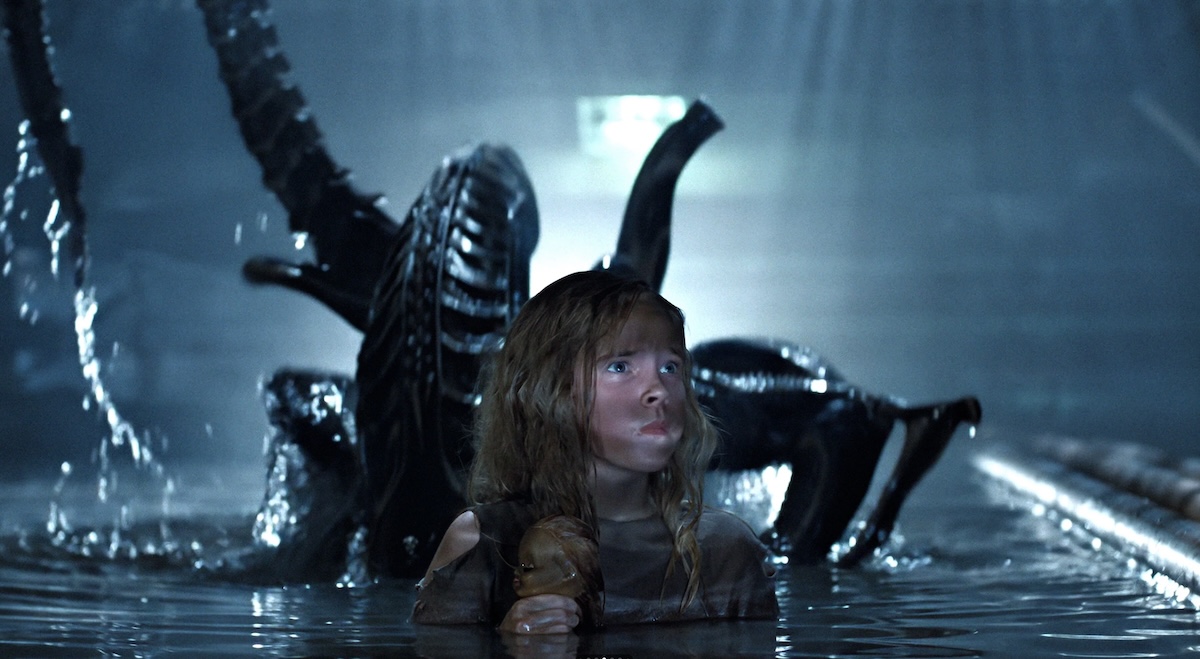
Sigourney Weaver was even nominated for a ‘Best Actress’ Academy Award, which is almost unheard of for the lead in a sci-fi action film. Aliens’ theme of motherhood certainly gave Weaver something to work with during the quieter moments. We learn that Ripley’s daughter grew old and died during the decades she was in hypersleep between films, adding further significance to her connection with the child survivor, Newt. Ripley embraces her maternal instincts, becoming Newt’s protector and forming a makeshift family unit, perhaps even influenced by her attraction to Cpl Hicks.
The maternal themes of the film also feed neatly into the climax, with Ripley facing off against the formidable Alien Queen—another mother, introduced laying her giant eggs. The unspoken communication between these two female defenders, leading to Ripley choosing to destroy the eggs with a flamethrower, brilliantly sets up the final action sequence which might otherwise have felt a little emotionally uneventful.
All of the Alien films revel in twisting sexual and reproductive imagery into a terrifying new form. This is most blatant with the xenomorph lifecycle, which requires the horrific violation of an unwilling victim through oral impregnation, leading to a parasitic pregnancy that is guaranteed to end in bloodshed and death.
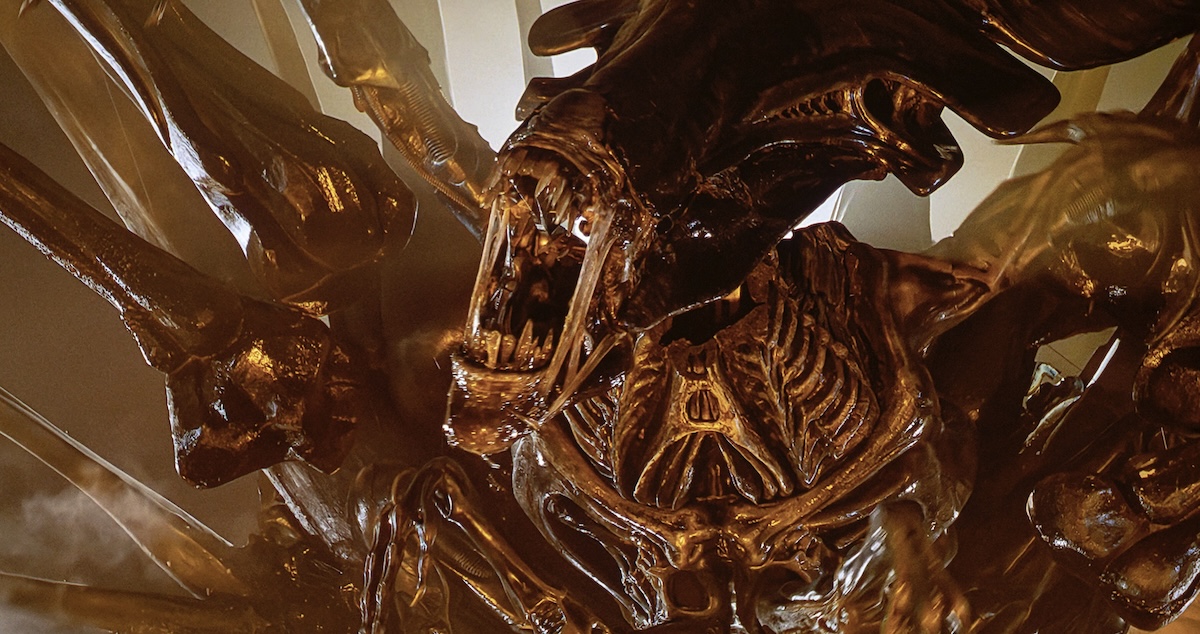
This is particularly unsettling for men who cannot experience childbirth firsthand. This might explain why the casts of Alien and Aliens are heavily weighted towards masculine characters who are ill-equipped to deal with this specific threat. Aliens is particularly rife with macho posturing and sexist banter from most of the crew, which even the female character of Vasquez (Jenette Goldstein) has adopted (“Have you ever been mistaken for a man?”—“No, have you?”).
And yet, in both films, it’s the most outwardly feminine character of Ripley who survives until the end, as the men are systematically picked off. In Aliens, she takes charge of the entire mission when Gorman (William Hope) crumbles during their first encounter with the aliens. Everyone immediately falls into line behind this new matriarchy, which is altogether more nurturing and calming than the leadership of cigar-chomping Sgt Apone (Al Matthews).
Aliens is one of the most crowd-pleasing films ever made, full of memorable moments and quotable lines. There’s barely a scene that doesn’t have something interesting happening in it, such is the joy of the script and the charisma of the actors elevating it further. Who can forget cowardly Hudson (“Game over, man! Game over!”) or Vasquez swatting aside sexist remarks while doing pull-ups? Interesting character moments between the action are the hardest thing to pull off and keep the audience’s interest between the explosions, but Aliens has no such problem thanks to its collection of fun, relatable, and engaging characters. Most of them even enjoy a small character arc, like Gorman redeeming his cowardly inaction by making the brave decision to try to rescue his most outspoken critic, Vasquez, single-handedly.
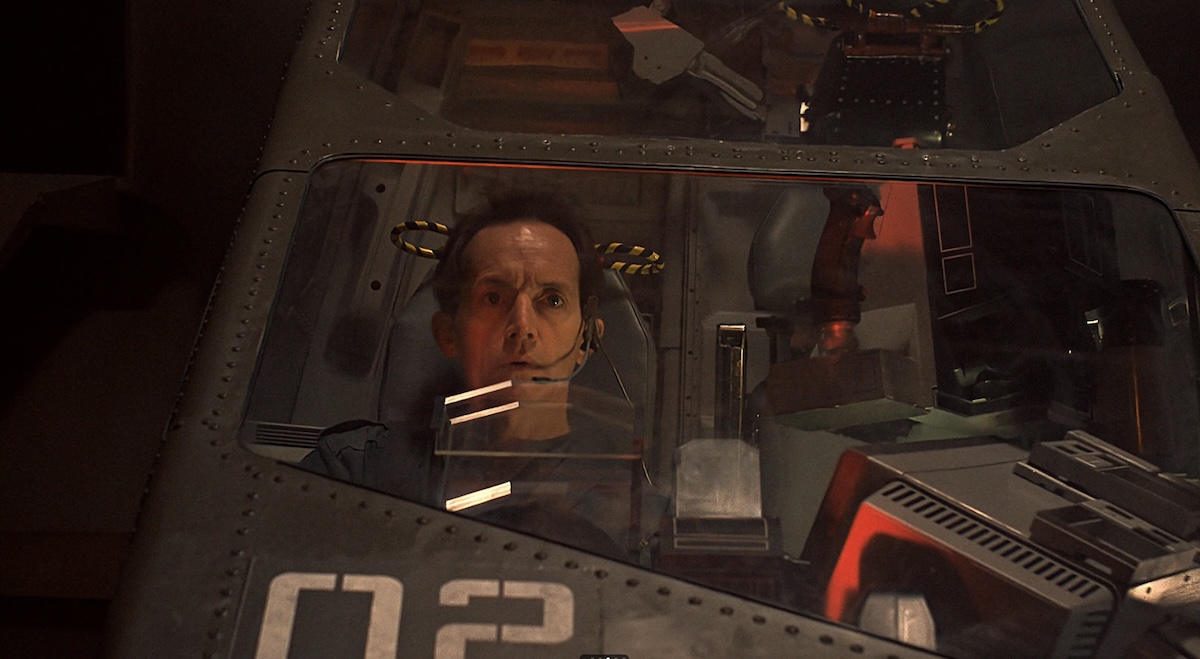
Swiss artist H.R Giger, whose unique “bio-mechanical” artwork led to him being hired to design the monster for the first movie, wasn’t involved in the making of Aliens. It seems a strange decision, as it would have been fascinating to see his take on the concept of an insect-like Alien Queen. However, what James Cameron himself designed and Stan Winston’s team brought to life worked and raised the stakes for the film’s climax. The creature may be a large puppet, but what it loses in the realism of movement, it gains in the sense of tactility and the thrill of seeing such an impressive creation interact with the real world and actors.
There’s certainly an argument to be made that Aliens’ standard-sized xenomorphs are a little bit “rubbery” and seem far less agile than before, as Cameron had to cut corners to get dozens of them on screen together. But the aforementioned Alien Queen is a beautiful mix of an armoured beetle, black widow spider, and praying mantis, while the sequence where Ripley and Newt fight off a “facehugger” inside a locked medical bay is arguably the film’s peak moment of horror. It turned the infamous crab-like creature from Alien into a terrifyingly mobile threat in its own right, rather than an admittedly unsettling way of starting the alien’s lifecycle.
Overall, Aliens remains one of the best films of the 1980s and one of the greatest sequels ever made. While it doesn’t surpass the masterpiece of Alien, it excels in its execution as an edge-of-your-seat sci-fi war film. This achievement still hasn’t been matched by any subsequent sequel or prequel. Sigourney Weaver’s performance is also key to Aliens‘ enduring appeal; embodying a compelling blend of intelligence, warmth, charm, and fierce determination, solidifying an emotional connection with the audience.
UK • USA | 1986 | 137 MINUTES (THEATRICAL) • 154 MINUTES (SPECIAL EDITION) | 1.85:1 | COLOUR | ENGLISH • SPANISH

Released in 2024 alongside two other Cameron films—The Abyss (1989) and True Lies (1994)—it’s tempting to say Aliens is the least anticipated. This is because the other two have been notoriously difficult to find on Blu-ray, and most people haven’t seen them since the peak of DVD’s popularity. Of course, that’s not entirely true, as Aliens is undoubtedly the most beloved of the three, and fans consistently buy it whenever it’s released in a new format.
But what makes the now Aliens 4K Ultra HD Blu-ray worth upgrading over the 2010 Blu-ray in 1080p high-definition, or even the 4K version that’s been available to stream for a while now?
Cameron’s been vocal about his regrets when shooting Aliens, as they filmed it on a new high-speed negative film stock from Kodak that didn’t work out and resulted in an overly grainy image. He also wishes he shot it in 2.39:1 to match Alien’s wider aspect ratio, rather than 1.85:1, but there’s nothing you can do about that!
However, what can be done, and what Cameron has already achieved with the existing Blu-ray, is to de-noise and de-grain the image using modern technology. Some fans disliked the smoother look of the 2010 Blu-ray, while others appreciated the clean-up effort. For this new 4K restoration, they’ve essentially applied the same process again, but now with the assistance of new A.I software, which is better at removing grain while preserving hidden details. It’s not a perfect method—waxy shots were particularly noticeable on the True Lies disc—but for Aliens, the results are arguably the best application of this process yet. While this does mean the film has a more digital look and isn’t the same as the original 35mm print’s aesthetic, it’s more like a brighter, sharper version of the old Blu-ray.
I don’t personally miss the graininess, though purists might argue Aliens is moving further away from their cinematic or VHS memories. For me, this is an improvement on the Blu-ray. The colour timing, while different from the 35mm prints, looks better thanks to Dolby Vision/HDR10, which enhances the dynamic range between dark and light. Additionally, the level of visible detail is extraordinary without appearing over-sharpened.
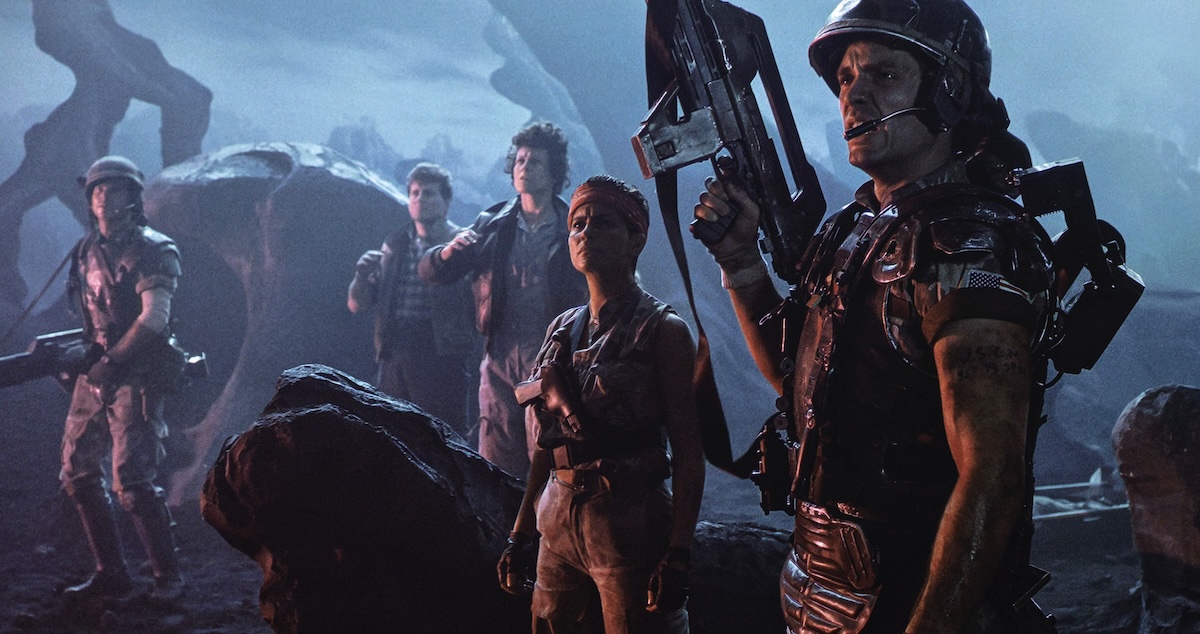
The image is indeed so crisp that you can now spot new details in the background of shots, showcasing the production design more than ever before. Were those details there originally, or is the A.I adding what it expects to find based on its coding? That’s a great question! However, humans don’t just push these restorations through a machine without supervising the process and approving the results. So, if James Cameron’s happy with how it looks now, I’m inclined to believe we’re seeing what he saw on set. (Although the blooper of seeing Lance Henriksen’s body beneath the torso of a bisected Bishop remains fixed by CGI since 2010, so perhaps not exactly what he saw on set…)
While the 4K disc doesn’t offer the same quantum leap in visual quality that VHS to DVD did, and the refinements of the 2010 Blu-ray were already excellent, the extra detail and more accurate colouring on this 4K Blu-ray justify another purchase for me. However, there are occasional moments where actors look like incredibly well-rendered video game characters, detracting slightly from the realism.
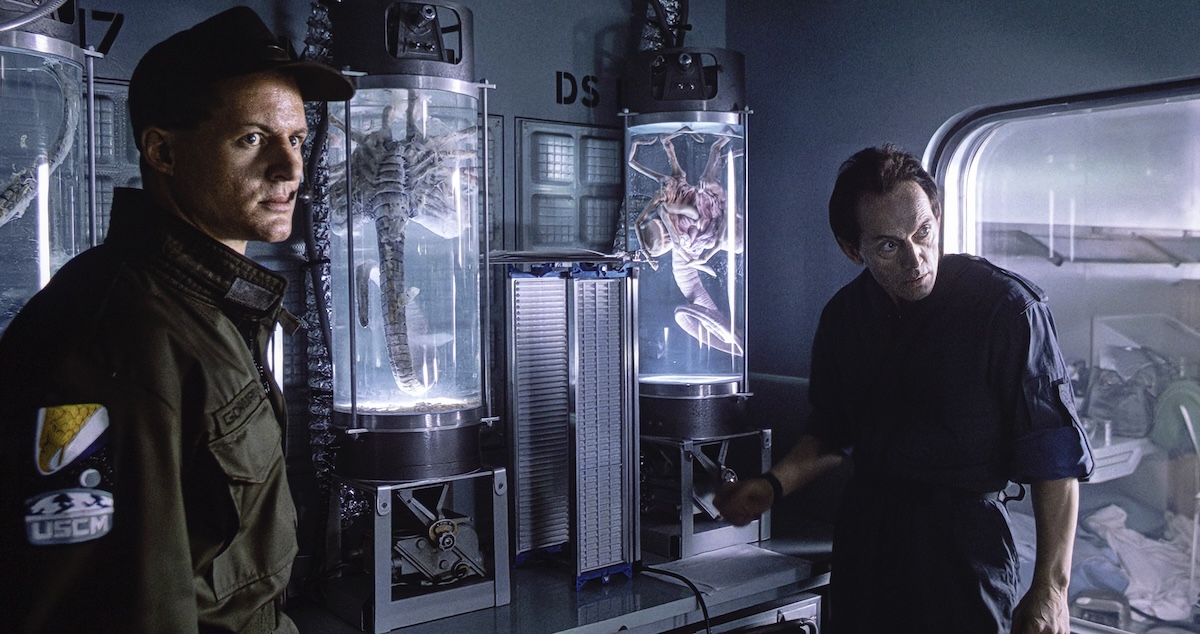
In terms of audio presentation, we get a wonderful Dolby Atmos 7.1 track, together with a 4.1 Dolby Surround mix, and a 2.0 DTS-HD Master Audio mix that’s more accurate to what audiences heard on VHS. Atmos is my preference, but the 4.1 mix is also great, and both add a welcome level of immersion to make the action sequences really come alive. James Horner’s music also sounds tremendous.
As usual, the theatrical cut is packaged alongside the divisive Special Edition release of 1990, which added a whopping 17-minutes to the running time. While it’s certainly interesting to see more of Ripley grappling with the tragic news that her daughter died a few years ago, and the sentry guns are incredibly cool, the Special Edition mostly undoes the efficiency of the original version and undermines the scares. In particular, I dislike seeing what happened on Hadley’s Hope before the Colonial Marines arrive, as it kills the sense of tension if you already know more than they do. Nevertheless, the 17-minutes of added footage make for excellent deleted scenes when viewed separately.
The bonus material assembled on this new 4K disc adds nothing new over what we had on Blu-ray nearly 15 years ago, but beyond doing some updated retrospective features from the cast and crew it feels like we have everything they could show us at this point.

director: James Cameron.
writer: James Cameron (story by James Cameron, David Giler & Walter Hill; based on characters created by Dan O’Bannon & Ronald Shusett).
starring: Sigourney Weaver, Michael Biehn, Paul Reiser, Lance Henriksen, Carrie Henn, Bill Paxton, William Hope, Ricco Ross, Al Matthews, Jenette Goldstein & Mark Rolston.
